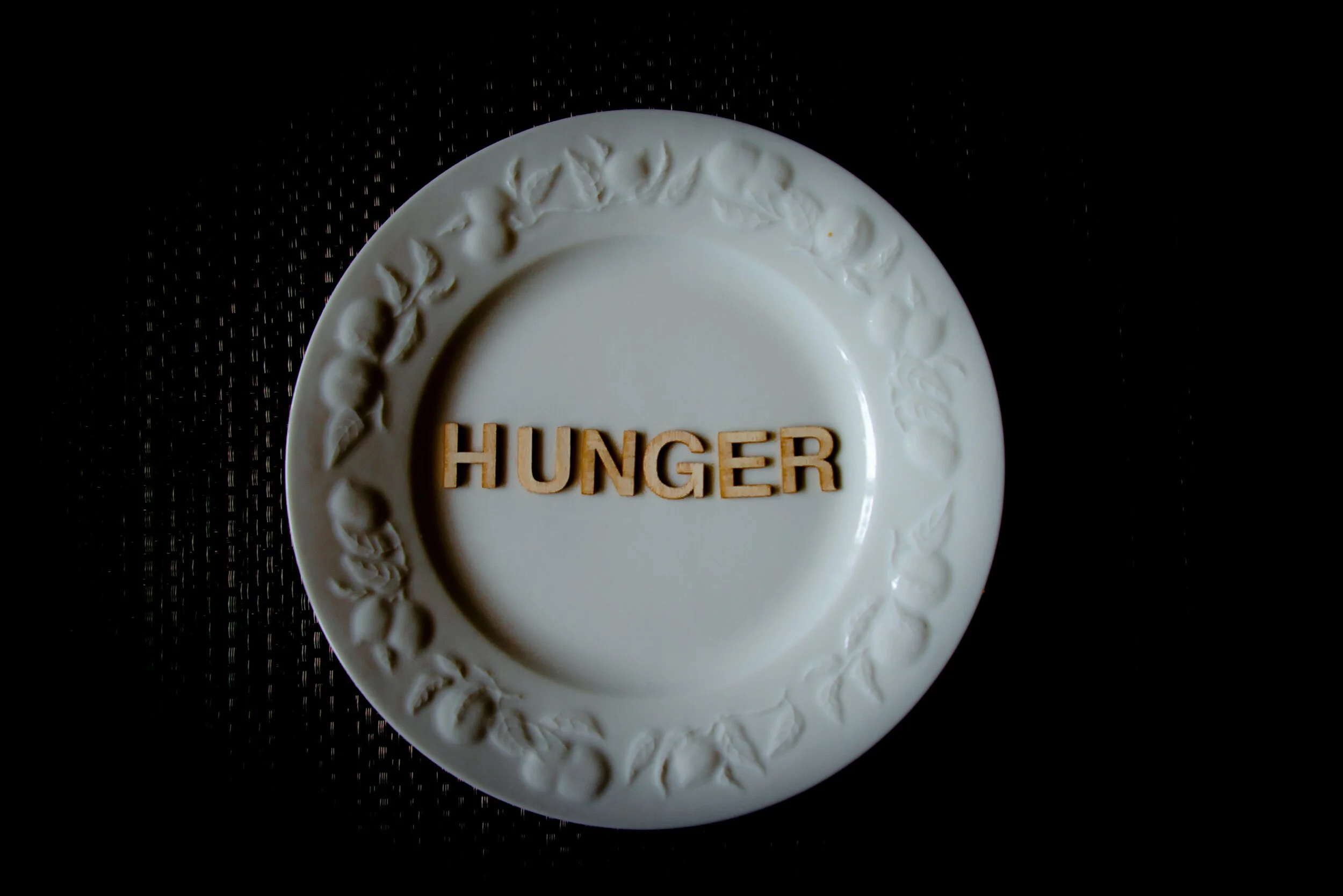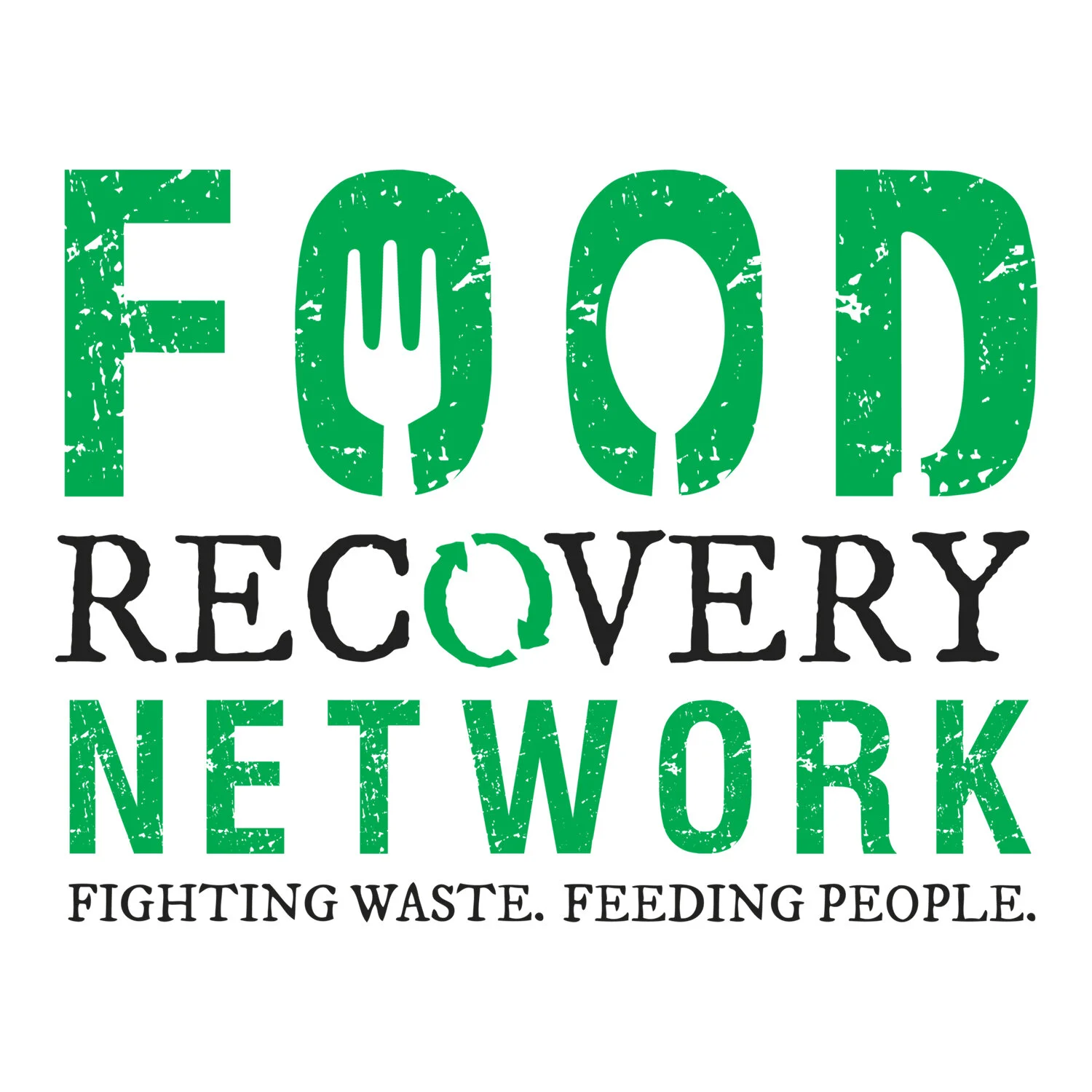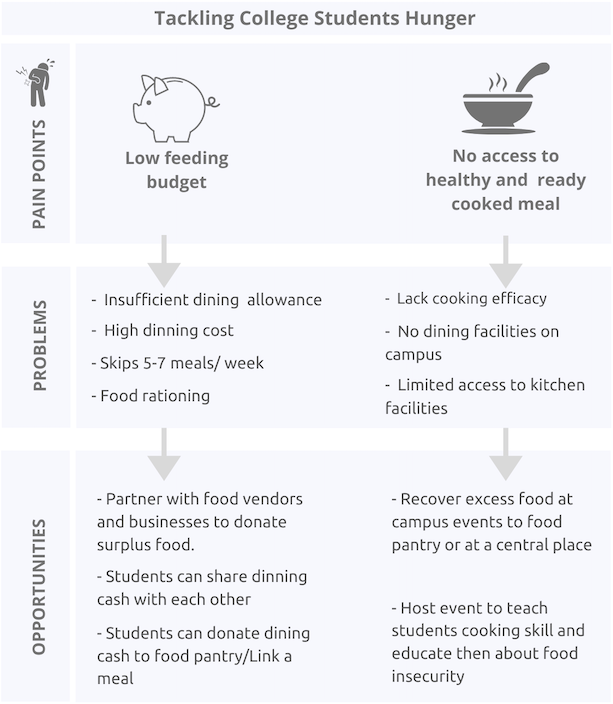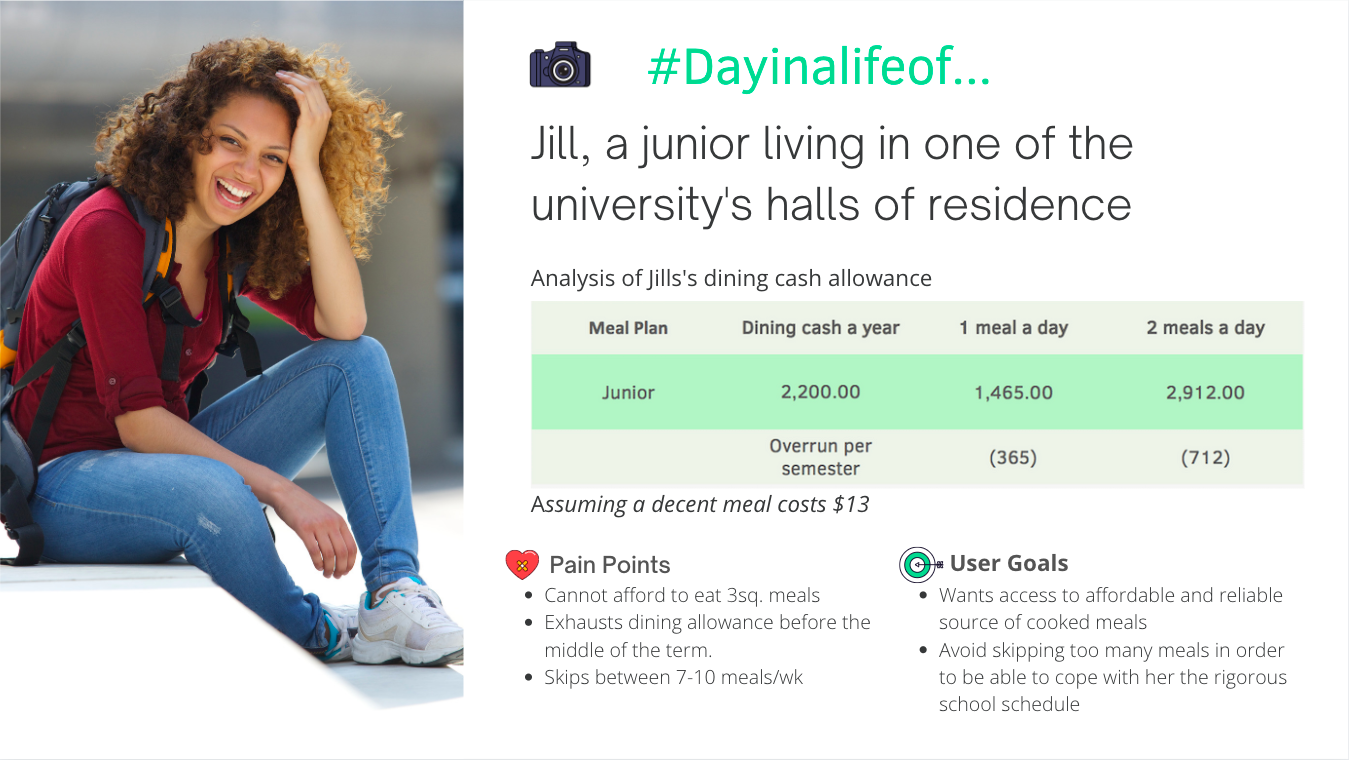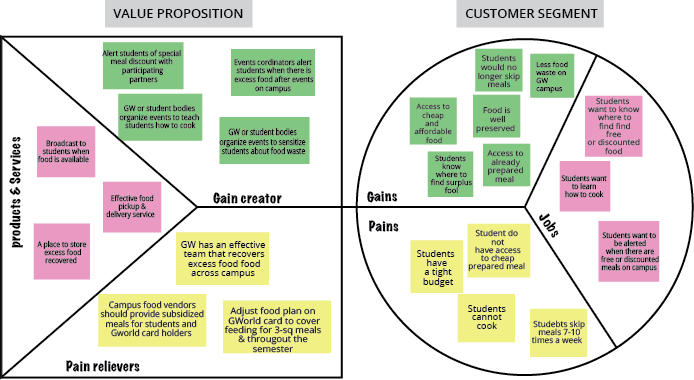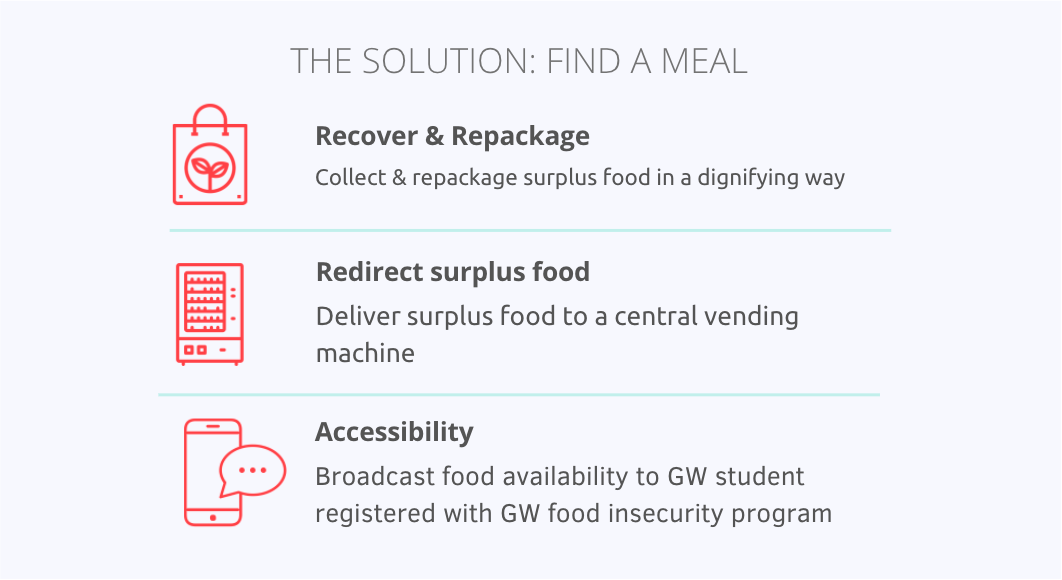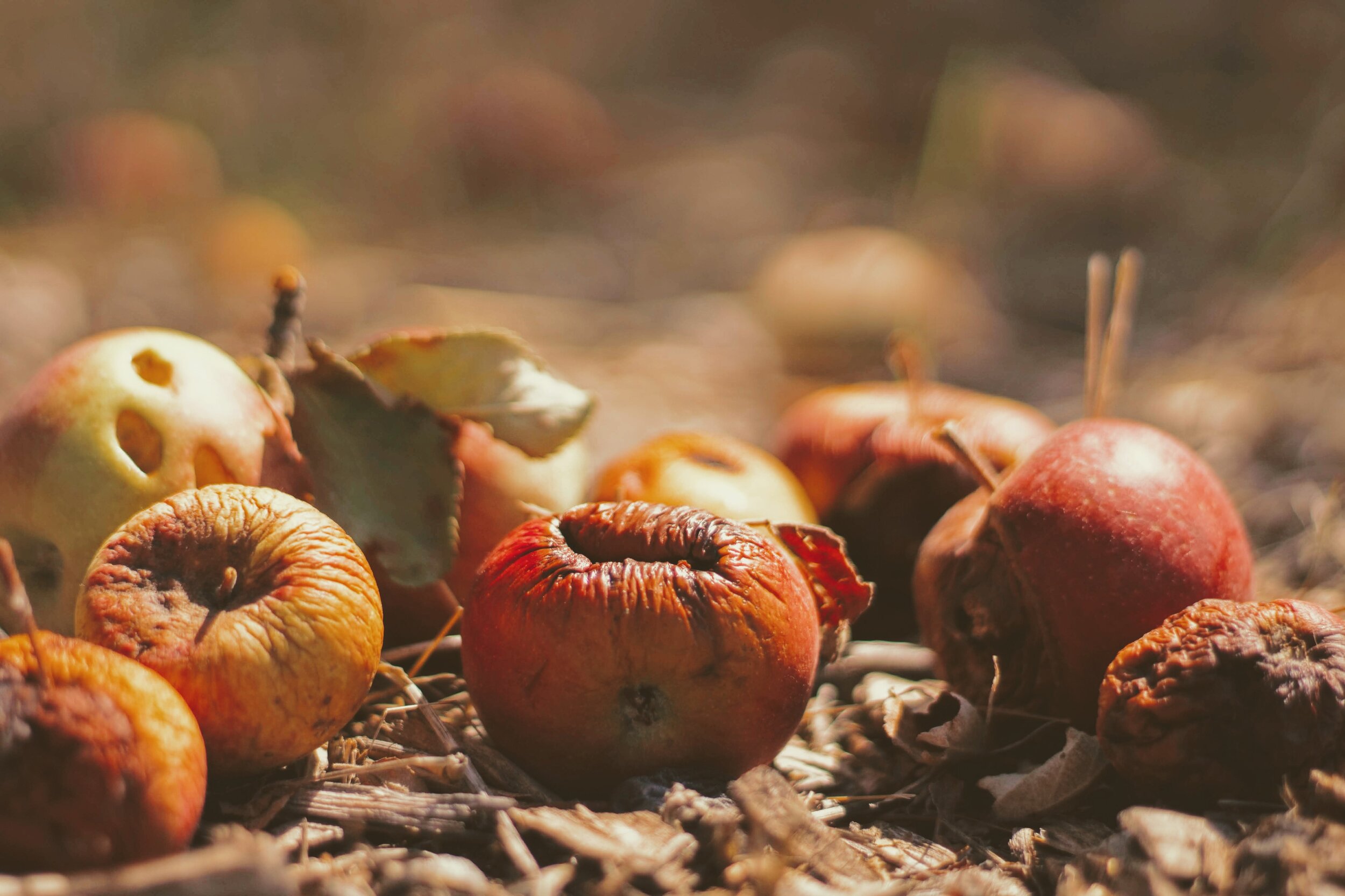
Find a Meal
User Research | Service Design | Rapid Prototyping
Project Overview
The Food Insecurity Problem
In the United States alone, nearly 40% of the food supply is wasted accounting for $161 billion worth of food wasted annually (USDA). Food waste is a behavioral problem that has seen Americans impulsively purchase food that they do not need or eventually wouldn't eat. Inasmuch as there is excess food in America, there still remains a common challenge of food insecurity.
Among college students, it is the lack of access to reliable, healthy, and substantial meals in order to attend to the rigors that college education demands. Research shows that nearly 41% of students in a four-year college in the US experience food insecurity while many students reported to have skipped 7-10 meals in a week.
Project Duration: 3 weeks
Solution
I designed and tested Find a Meal. An efficient food recovery service designed to reduce the carbon footprint caused by food waste by retrieving surplus food around college campuses and food vendors and making the food accessible to college students who experience food insecurity.
My Role
UX Researcher
Methods
Interviews and observation)
Competitive analysis.
User testing
Service blueprint
prototyping (Laser cutting, Littlebits inventor kits, and UI Wireframing)
“ There is an illusion that this is a ‘rich’ school yet, many students still find it difficult to feed properly.”
-
Undergraduate, (Senior)
The Design Challenge
I took a fabrication and prototyping class during my Interaction Design Master’s program. I was challenged to tackle a common social problem in America so I decided to solve the food waste problem. I became aware of this problem after observing food wastage at several campus events that I had attended during the first month of graduate school. However, as my research progressed I uncovered a more worrisome problem- Student hunger. As a result, I determined to discover the root cause of this problem thus, my design challenge was centered on the question:
How might we tackle food waste on college campuses by redirecting surplus food to students who experience low food security?
Research and discovery
Interviews & observations
In the course of 2 weeks, I recruited and interviewed 14 Participants. I conducted semi-structured interviews and recruited candidates by approaching college students across campus in food courts or at events. Also, interviewed executives and volunteers of student-led sustainability groups on campus. At the same time, I observed campus events where food was provided in excess and how they were handled afterward.
What some students said…
Initial Research Findings
My research led me to identify two user groups to design for and the peculiar challenges they each faced.
College Student: I discovered that food insecurity can equally be experienced by both high and low-income college students who attend “rich” private colleges.
Food Recovery groups: Concerns about carbon footprints caused by food waste and food recovery efforts, including challenges with organizing and scheduling food recovery on campus
Competitive analysis of existing solutions
I researched a couple of food recovery solutions. I analyzed 3 different student-led solutions like Food Recovery Network (FRN), Lastcallforfood, and meal matchup. For the non-student led, I analyzed Mealconnect and Replate. All the solutions I had reviewed had strengths and weaknesses. However, besides Lastcallforfood none of the solutions were primarily targeted at solving student hunger and food insecurity on college campuses.
Research Analysis and Insights
Low budget to feed: College students facing food insecurity budgets not just money but how much food they consume at a time.
No reliable access to ready-cooked meals: A lack of university-run dining facilities contributes to a high rate of food insecurity which meant that students would not have reliable access to affordable and ready-cooked meals.
Kitchen facilities in halls of residence: Students without access to kitchen facilities to cook their meals suffer more food insecurity and would quickly run out of dining allowance from eating at expensive food vendors on campus.
The emotional side of food insecurity: Students reported feeling guilt, shame, and stigma with being food insecure thus, would not share their experience with people
Analyzing existing services: Besides food pantries, most existing food recovery services are targeted towards communities outside university campuses such as food banks or homeless shelters.
Student Hunger in Focus: An illustration showing the underlying cause of student hunger, and design suggestions to tackle the problem
A persona description of my target user. It highlights the typical budgetary constraints of a student with a dining allowance. The best-case scenario is that this student can afford just 1 meal/day and still run out of dining cash just halfway through the semester
A Value proposition mapping of the idea during the ideation phase
Ideation
As I analyzed research findings, two pain points came up in my interviews with students. Which were: a low food budget and unreliable access to healthy cooked meals. On the other hand, the priority of the food recovery student groups on campus was to streamline an efficient way to manage the food recovery efforts without increasing carbon footprints.
After brainstorming a couple of ideas with the executives from The Food Recovery Network. I settled on designing a technology-supported service design that focuses on recovering excess food around campus. The food recovered would be stored in vending machines at strategic locations on campus thereby making it easily accessible to students.
Prototyping & Testing
Testing Phase 1:
After settling on the idea to design, I sketched a typical user story to highlight important touchpoints in the user’s journey. In addition, I designed and created a rough prototype of the vending machine focusing on the user’s interaction with it.
I demonstrated these rough prototypes to FRN executives and colleagues who were designers. At the end of this testing phase, I was able to iron out important touchpoints of interaction and translated these into a service blueprint.


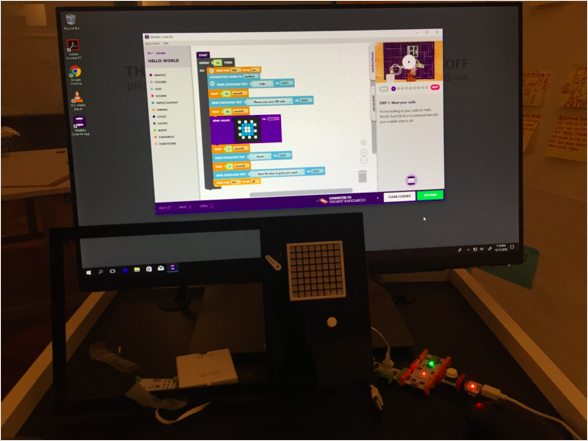
Testing Phase 2: Service blueprint + UI wireframes:
The second phase of testing revealed some insights as I concentrated on testing the solution with students and volunteers from FRN. This feedback resulted in a couple of changes to my initial prototypes at the same time, I let go of some ideas and considered new ones.
Final testing outcomes
The resounding feedback I received from students and volunteers was the health and safety issues when it pertains to food handling. Furthermore, the maintenance and logistics required to run a vending machine would be too cumbersome as students preferred to go to the location to pick up the meals themselves. So, I decided to revise the service blueprint and created a UI wireframe to accommodate this feedback.
Final Prototypes
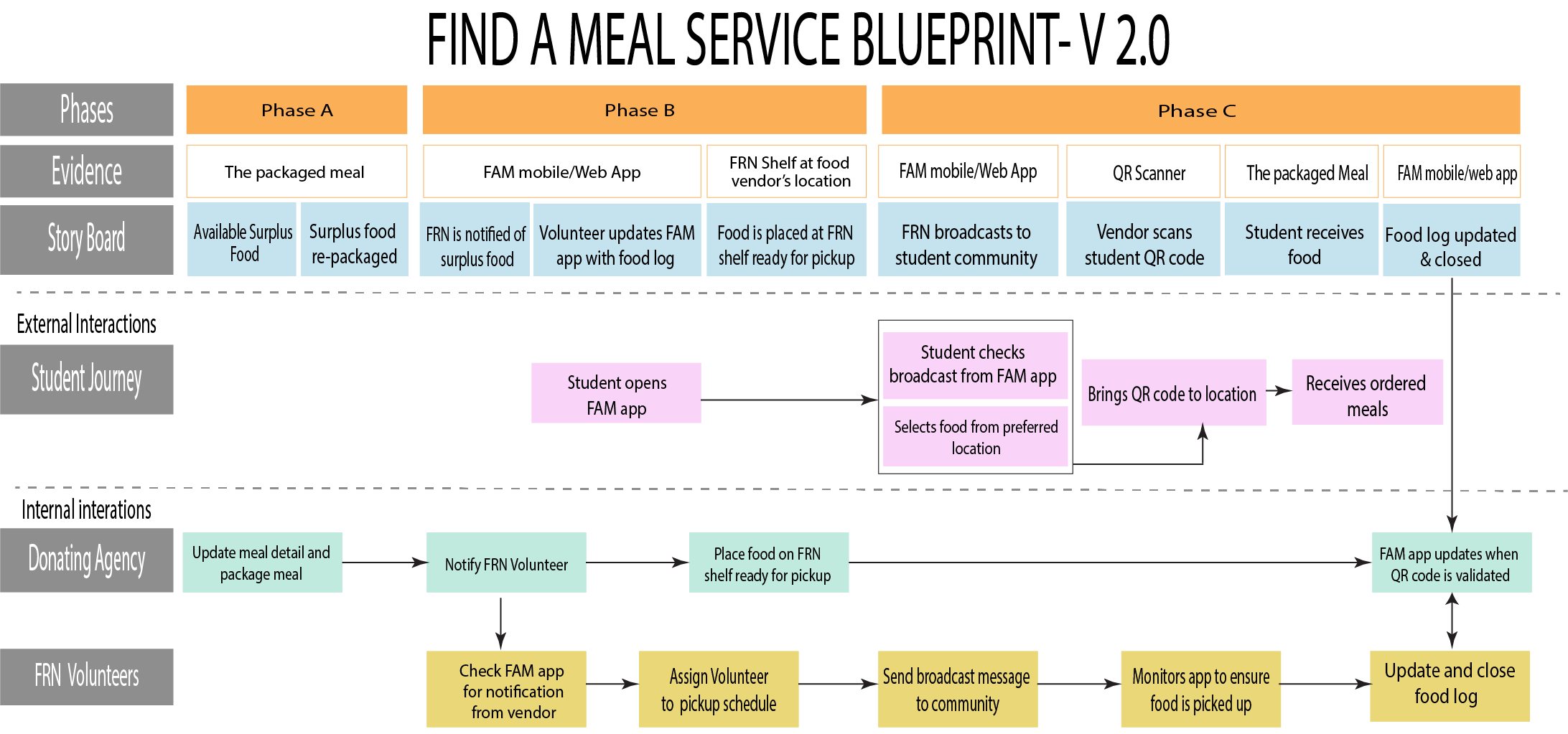

Impact & Reflection
This research enabled me to form relationships with sustainability-minded groups on campus. One such relationship was with the Food Recovery Network, a sustainability student group, which already had an existing partnership with vendors and faculty administrators. As a result, we were able to initiate conversations with Panera Bread to do a pilot run of the solution in Spring 2020. Unfortunately, those plans could not be materialized due to the pandemic that resulted in the shutdown of our campus and since then I have completed my graduate degree. The solution however remains available publicly and is in no way an exhaustive one. However, my research goal was to highlight the pain points and possible opportunities to explore in order to solve the problem with the hope that it sparks the needed conversation to be had around the subject of student hunger among university administrators and sustainable groups on college campuses.
Personally, I was able to recognize the kind of projects I would love to engage in as a design researcher. I also challenged myself to explore techniques I had not tried before; at the same time, rapidly prototype and share my ideas in the shortest possible time. At first, working with the laser cutter was a huge challenge but I eventually figured it out (not without burning through several materials) but I am happy to say it is another skill I have readily in my design toolbox.
